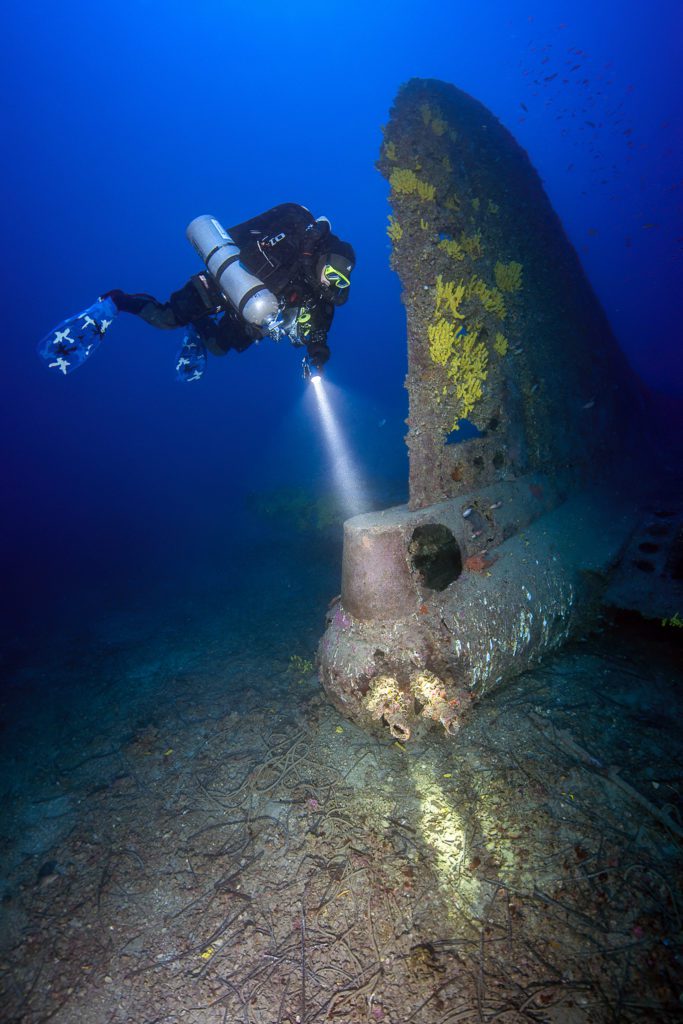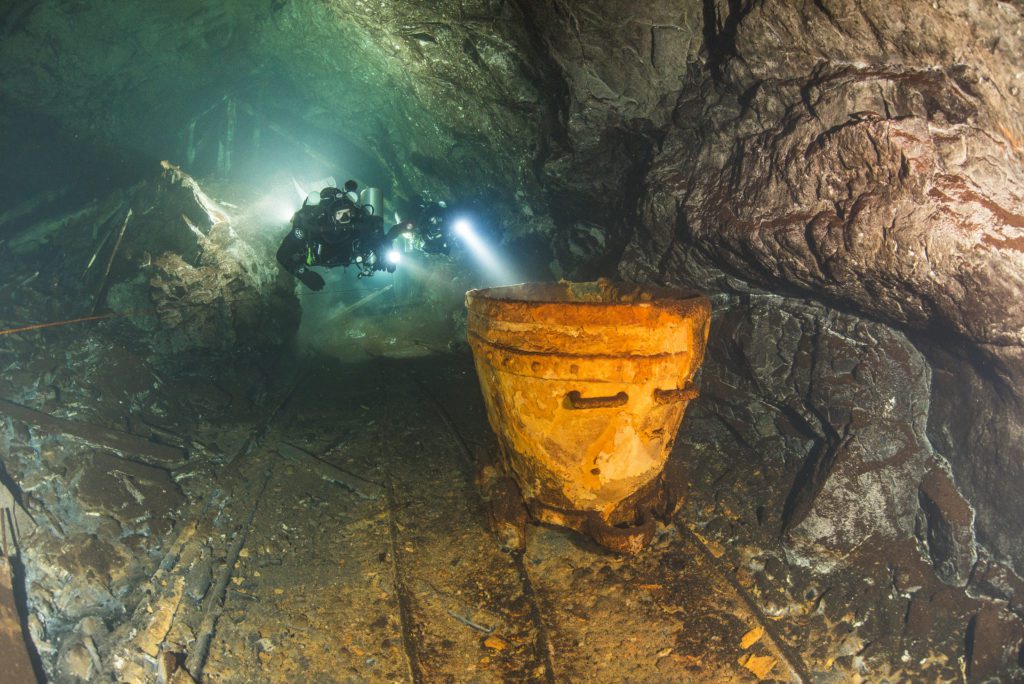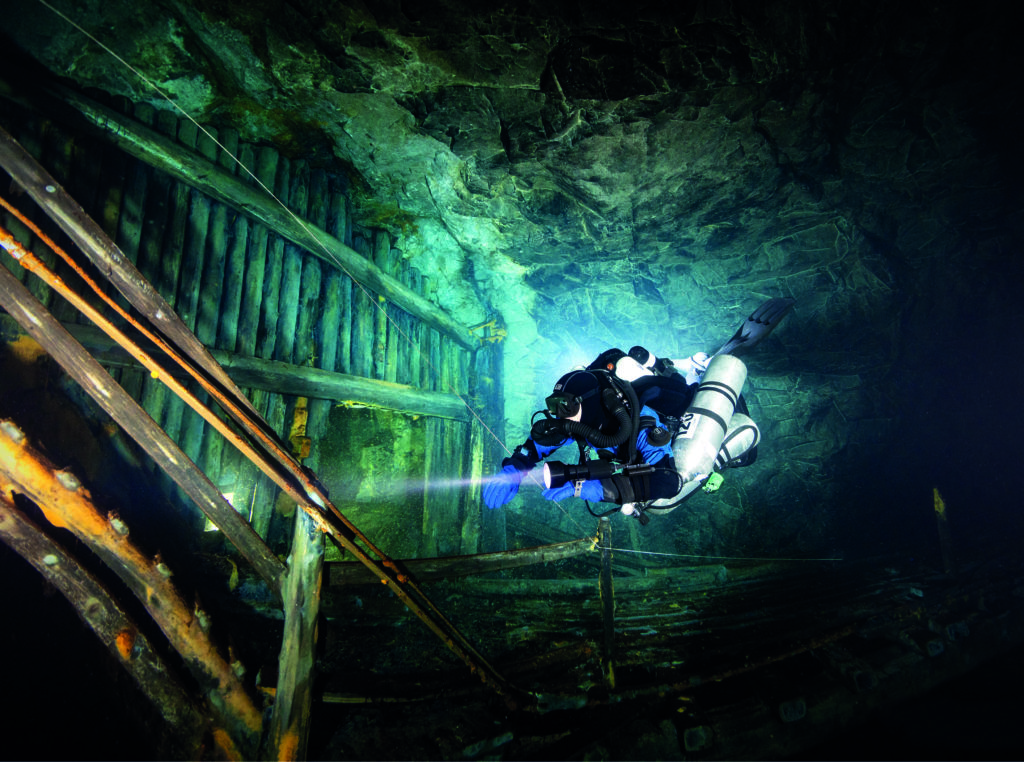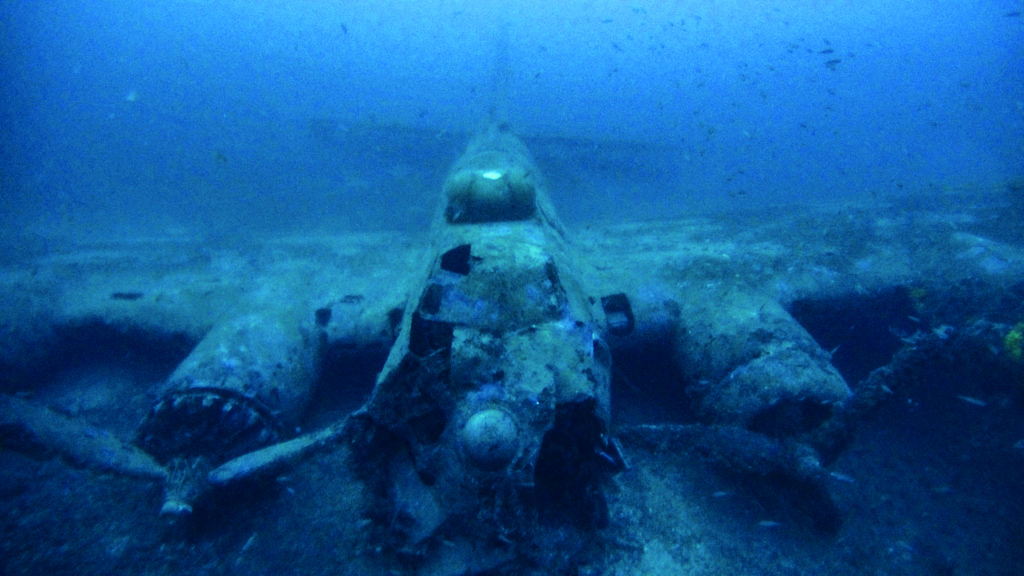Science tells us that every diver bubbles after every dive, but how do you know how bad you’re bubbling and what can you do to improve the safety of your dives? JASON BROWN gets in a fizz about Azoth’s personal doppler device.
We all love bubbles. Whether they’re in our drinks, our baths or – dare I say it – our bubbly chocolate, bubbles are cool. Where they’re not so cool, however, is in our bloodstream post-dive.
Regardless of how safe you think your dive profile is, bubbles are an inescapable residual effect of scuba diving. Studies conducted by DAN in the 1990s concluded that all divers “bubble” after every dive, regardless of how efficient you believe your dive profile is – what varies is the amount of bubbles in your bloodstream.
A controlled ascent that gives the body time to safely off-gas inerts will significantly reduce the probability of you ending up in a decompression chamber, but there are no guarantees.
Modern dive-computers are very smart devices, but they operate on a generic model – they’re not tuned to your own unique physiology. Many factors affect how efficiently your body off-gases – fitness, BMI, age, hydration levels and so on – but your computer won’t account for any of these.
Even those divers who cut their own deco schedules rarely adjust profiles to mitigate for variations in their own physiology.
Understand your physiology
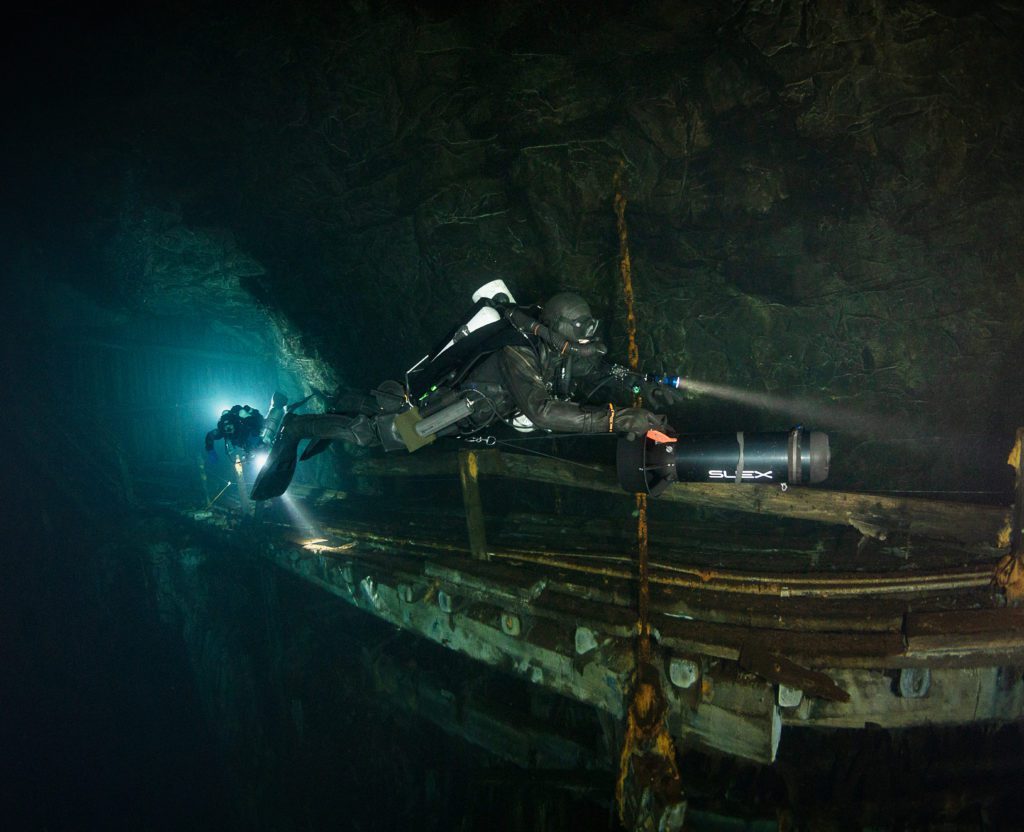
Imagine that you could fine-tune your dive-computer to reflect your physiology. In 2020 France-based Azoth Systems introduced the O’Dive personal ultrasound doppler. Combined with a sophisticated app that runs on both iPhone and Android devices, this clever little puck-sized sensor allows you to capture post-dive bubble measurements from your own bloodstream in a non-intrusive way.
You don’t need a PhD to analyse the results, Azoth’s own servers do all the heavy number-crunching and return the results to your smartphone in an easy-to-digest form.
Correct positioning of the O’Dive sensor does take some practice, but the app thankfully provides plenty of guidance. Unlike precordial dopplers used by research scientists, O’Dive is a subclavian sensor – that is, it measures diver bubbles via the subclavian veins that lie just below the collarbone.
Using this type of sensor has its benefits – the raised collarbone makes positioning the sensor relatively easy, and measuring there gives a cleaner signal, with the sensor not having to deal with the noise generated by the heart’s own valves.
Take accurate readings
To get a bubble reading that the system can analyse, you need to take two sets – the first from both the left and right subclavian veins, 30 minutes after surfacing from your dive. Sixty minutes later, you’re then prompted to take a second set of readings.
For best results, you also need to upload the dive-profile data from your computer – the app can communicate directly with both Shearwater computers and closed-circuit rebreather controllers, as well as Suunto EON Steel computers with Buhlmann via Bluetooth. The app packages up the bubble readings and dive-profile data and then transmits it to Azoth’s servers.
Azoth uses the profile data from your computer to compare your bubble readings against scuba-diving databases generated by COMEX, DCIEM and the French, British, Canadian and US Navies.
What is transmitted back to your smartphone is a simple-to-understand bar graph that represents the safety of your dive using three values – a QI (Quality Index), which scores the safety of your dive between 0 and 100; Sc (Severity Component), which scores the relative risk of DCI between 0 and 100; and finally a Bc (Bubble Component), which scores the amount of bubbles detected between 0 and 40.
In an ideal world, you want a very high QI and very low Sc and Bc components.
Enhancing your safety and efficiency
Should the results received back from Azoth raise an eyebrow, O’Dive gives you the tools to improve the safety and efficiency of your decompression profile. Built into the O’Dive app is a sophisticated “simulator” that allows you to view the effect of tweaking specific factors of your dive – the gases you breathed, the gradient factor used, or the setpoint of your CCR controller at depth, and so on.
By adjusting the onscreen sliders, the effect of these changes will be displayed in real time, with the reduction in both the severity and bubble values and the QI of the dive displayed as a percentage.
An estimated “safety multiplier” is also displayed, which represents the increase in safety compared to the original profile.
Armed with the insight gained from tweaking your profile with the simulator, the theory is that you incorporate these changes into your profile and take them diving. But how well does it work in reality?
Phil Short is arguably one of the world’s leading deep trimix wreck and cave divers. With years of experience scuba diving at expedition level in some of the world’s most inhospitable regions, he is just the sort of indestructible lab rat you need to thoroughly evaluate the effectiveness of something like the O’Dive.
Phil has used the device on a number of recent projects, including high workload dives on a World War Two B-17 bomber aircraft lying at a depth of 70m in Croatia and – most recently – exploration at depths of up to 130m in the Langbans Mine in Sweden.
“The O’Dive was used to great effect daily during the B-17 repatriation project in Croatia by the entire six-man team,” says Phil. “We were physically working at depth and, to lower work of breathing, we used high helium-content CCR diluent mixtures to reduce gas density.
“The work involved placing and operating a hydraulic water dredge to syphon away sediment inside the fuselage of the aircraft. This workload produced reasonably high bubble scores, and many of our O’Dive results were processed and analysed by a technician due to this.
“From these results we altered our gradient factors in line with modern thinking pioneered by leading scientists like Professor Simon Mitchell.
Making the last stop
“I started with modifications that rested on well-established methods, mainly extending the last stop before surfacing, adding an additional stop half-way between the last required stop and the surface and conducting a very slow ascent from the conclusion of the last required stop and the surface. I then started to make very small changes in the first stop depth – for example, one stop difference or 3m.
“The bubble count reduced, the severity component dropped and yes, I felt less tired and had more energy post-dive.
“I’ve managed to get a few dives ‘out of range’ and several dives where an email from Azoth advised me that the automated results based on its enormous databases were being personally analysed by support technical staff. Which, to be honest, is reassuring.
“What I learnt was that my profiles needed reshaping rather than lengthening or shortening, and that it would be prudent to always extend my last stop with the addition of a safety stop once my prescribed deco had cleared.”
But what benefit would the average diver gain from using O’Dive? Again, we put this to Phil. “I’ve logged over 6,000 dives in 30 years and, to date, had no incidence of decompression illness. I would like to maintain that track record by monitoring and evolving my dive profiles with all available advice and methods long into my diving future. Right now, the O’Dive is a significant advance in personal dive-planning that will help me meet that goal.”
Praise indeed, but perhaps the most exciting aspect of O’Dive is something far less tangible. It gives us an enticing insight into the potential of this technology and what it could mean for diving moving forward.
As the technology reduces in size still further, could we see a future in which, during a dive, divers wear sensors that communicate real-time physiological data to their dive-computers?
Imagine a future in which your computer is generating a dive-profile specific to your body. Dehydrated? Feeling the cold? Your computer could compensate for these factors. Now that is truly exciting and could represent a seismic shift in diver safety. The future is in “wearables”.
OK, so we’re not there yet by a long shot, but O’Dive still offers a glimpse of that tantalising future in a compact and easy-to-use package that could delivers genuine improvements in diver safety.
While it might appear expensive, bear in mind that every O’Dive supports multiple user accounts, so a dive-club could buy just one and share it among all its members. The first two users – the owner and their buddy, for example – get unlimited bubble analyses while additional users get 30 free analyses shared between them.
Additional users then have the option of paying just £3 per analysis. For the cost of a coffee, that’s pretty good value.
For any diver – or team of divers – involved in more adventurous diving, O’Dive could be the most-significant diving product to see the light in recent years. It’s easy to use and manages to present immensely complicated data in a form that most divers can understand and interpret relatively easily.
For those who feel they might need a little guidance, several training agencies now offer O’Dive courses. Whatever your level of diving, O’Dive provides the additional insight you and your dive buddies need to increase personal safety and feel far better post-dive. For anyone who has felt as if they’ve gone 10 rounds with Tyson Fury after a dive, that has to be a good thing.
Photographs by Jason Brown

